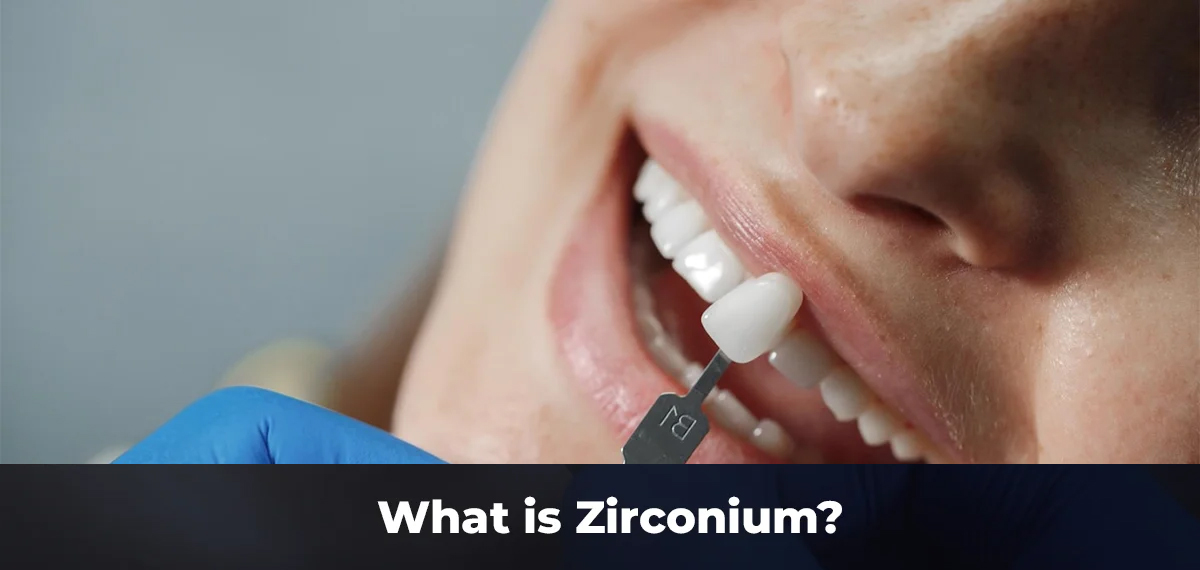Monolithic zirconia crowns have gained attention for their durability and natural appearance, making them a popular choice among patients and dentists alike. But how do they differ from other types of crowns? This article will dive into what makes zirconia crowns unique, comparing them to traditional options like porcelain and ceramic crowns, and explore their benefits and drawbacks.
Table of Contents
- Overview of Dental Crowns
- What is a Zirconia Crown?
- Benefits of Monolithic Zirconia Crowns
- Comparison with Other Crowns
- Factors to Consider
- FAQ
Overview of Dental Crowns
Dental crowns are used to cover or “cap” damaged teeth, restoring their shape, strength, and appearance. They’re also used in conjunction with dental implants and bridges. Crowns can be made from materials such as porcelain, metal, ceramic, and, more recently, zirconia.
What is a Zirconia Crown?
A zirconia crown is a dental restoration made from zirconium dioxide, a durable, biocompatible ceramic material. Zirconia crowns come in two primary forms: layered zirconia, which has a porcelain layer on top, and monolithic zirconia, made from a single block of zirconia, offering enhanced strength and crack resistance.
Benefits of Monolithic Zirconia Crowns
Durability and Strength
Monolithic zirconia crowns are extremely durable, able to withstand high biting forces, making them suitable for molars and patients with bruxism.
Aesthetic Appeal
These crowns have a natural, tooth-like appearance and can be color-matched to surrounding teeth, though they are slightly less translucent than porcelain options.
Biocompatibility
Zirconia is highly biocompatible, reducing the risk of allergic reactions and gum irritation, which can be an issue with metal-based crowns.
Low Plaque Affinity
The smooth surface of zirconia crowns minimizes plaque accumulation, promoting better oral hygiene and reducing the risk of gum disease.
Comparison with Other Crowns
Monolithic Zirconia vs. Porcelain Crowns
Porcelain crowns are popular for front teeth due to their translucency, but they are more prone to chipping than zirconia crowns, which offer greater strength.
Monolithic Zirconia vs. Ceramic Crowns
Ceramic crowns provide a natural appearance and are less durable than zirconia, often making zirconia the preferred choice for molars and areas with heavy chewing forces.
Monolithic Zirconia vs. Metal Crowns
Metal crowns are exceptionally durable but lack aesthetic appeal. Zirconia combines durability with a natural look, especially in visible areas.
Factors to Consider When Choosing a Zirconia Crown
Consider factors like location of the crown (front or back teeth), personal aesthetic preferences, budget, and any potential allergies. A consultation with a dentist will help determine the best choice for individual needs.
FAQ
Are zirconia crowns suitable for everyone?
While zirconia crowns are suitable for most patients, those with heavy grinding habits may need to consult their dentist for suitability, as they are highly durable but not indestructible.
Do zirconia crowns look natural?
Yes, zirconia crowns can be color-matched to surrounding teeth. Although they may lack the translucency of porcelain, they offer a very natural appearance.
How long do zirconia crowns last?
With proper care, zirconia crowns can last 10–15 years or more, as they are designed for long-term durability.
Is the zirconia crown procedure painful?
No, the procedure is typically painless. Local anesthesia is used to ensure patient comfort during preparation and placement.


